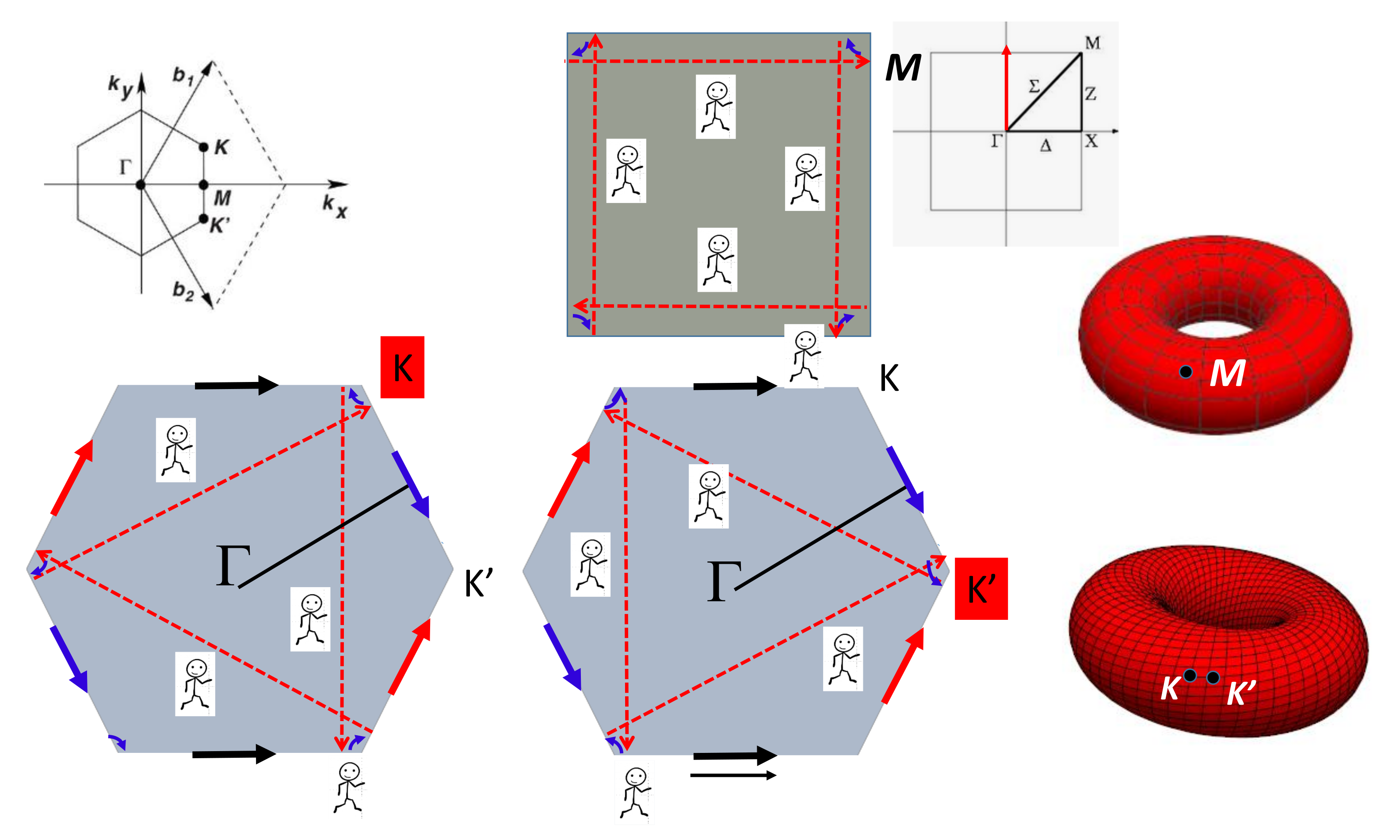

So if you formulate quantum mechanics the Hamiltonian way, this idea is difficult to understand (still it can be done – Stueckelberg discovered this connection before the path integral, when field Hamiltonians were the only tool).īut in Feynman's particle path-integral picture, when you parametrize particles by their worldline proper time, and you renounce a global causal picture in favor of particles splitting and joining, the particle trajectories are consistent with relativity, but only if the trajectories include back-in-time trajectories, where coordinate time ticks in the opposite sense to proper time. That's the definition of what the Hamiltonian does – it takes you forward in time a little bit. The notion of "moving backward in time" is nonsensical in a Hamiltonian formulation, because the whole description can only go forward in time. Of course, since we can't actually reverse time, we can't test in exactly what manner this is true.Īntimatter is in every precise meaningful sense matter moving backward in time. We know from experimental data that, under certain exotic circumstances, the combination of charge conjugation and parity inversion does not leave all physical processes unchanged, which means that the same must be true of time reversal: physics is not time-reversal invariant.

But you would get the exact same result by instead converting the electrons into positrons and letting them continue to move to the right ($+q\times +v$) either way, you wind up with the net positive charge flow moving to the right.īy the way, optional reading if you're interested: there is a very basic (though hard to prove) theorem in quantum field theory, the TCP theorem, that says that if you apply the three operations of time reversal, charge conjugation (switch particles and antiparticles), and parity inversion (mirroring space), the result should be exactly equivalent to what you started with. If you have a current of electrons moving to the right, and you apply the time reversal operator, it converts the rightward velocity to leftward velocity ($-q\times -v$).

Positive charge moving left ($+q\times -v$) is equivalent to negative charge moving right ($-q\times +v$). If you apply the time reversal operator (which is a purely mathematical concept, not something that actually reverses time), you reverse the direction of the current flow, which is equivalent to reversing the sign of the conserved quantity, thus (roughly speaking) turning the particle into its antiparticle.įor example, consider electric current: it arises from the movement of electric charge, and the direction of the current is a product of the direction of motion of the charge and the sign of the charge.

As the particles move, these conserved quantities produce "currents," which have a direction based on the motion and sign of the conserved quantity. These quantities may include energy, momentum, electric charge, "flavor," and others. Just to give you a rough idea of what it means for a particle to "move backwards in time" in the technical sense: in quantum field theory, particles carry with them amounts of various conserved quantities as they move. What they came up with was a particle that matched the known properties of the positron. As far as I know, that idea never developed into anything mathematically grounded, but it did inspire Feynman and others to calculate what the properties of an electron moving backwards in time would be, in a certain precise sense that emerges from quantum field theory. Feynman had a very hand-wavy idea that all electrons could in fact be the same electron, just bouncing back and forth between the beginning of time and the end. At the time, one of the big puzzles of physics was why all instances of a particular elementary particle (all electrons, for example) are apparently identical. If I'm remembering correctly, this idea all comes from a story that probably originated with Richard Feynman. It's not even entirely clear what would it really mean to move backwards in time, from the popular viewpoint. To the best of my knowledge, most physicists don't believe that antimatter is actually matter moving backwards in time.


 0 kommentar(er)
0 kommentar(er)
